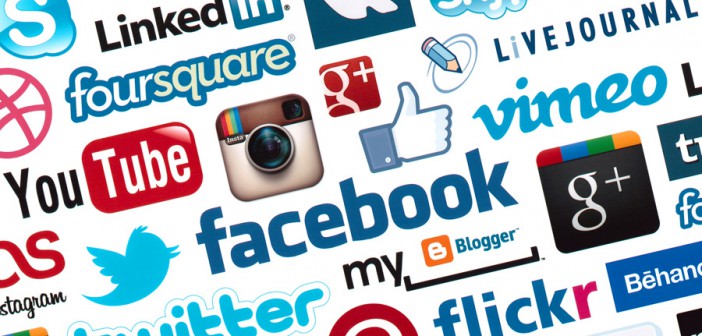 It’s easy to understand the appeal of social media—those tools and channels are always at hand, the entire practice offers instant gratification and the commentary can be uniquely personal. It’s also endlessly entertaining, providing up-close-and-personal access to celebrities who would otherwise be out of reach. And who doesn’t love the fact that new channels emerge on a regular basis? (Don’t have enough followers yet on Instagram? Get going on Snapchat.)
It’s easy to understand the appeal of social media—those tools and channels are always at hand, the entire practice offers instant gratification and the commentary can be uniquely personal. It’s also endlessly entertaining, providing up-close-and-personal access to celebrities who would otherwise be out of reach. And who doesn’t love the fact that new channels emerge on a regular basis? (Don’t have enough followers yet on Instagram? Get going on Snapchat.)
Even more than mobile capabilities, social media represents the pinnacle of the consumerization of technology. It’s invariably individuals who try out the latest channels and tools—and then IT and marketing alike must scramble to keep up.
Now for the reality check.
How many network intrusions and data breaches do we keep hearing about, and how much damage does each incident cause to the brand and the bottom line?
Think about Target, for example. It’s December 2015 and the retailer isstill paying out tens of millions to banks and credit unions that lost money when the retailer got hacked two years ago. That announcement came not long after news that VTech Holdings, which makes digital learning toys and cordless phones, suffered a breach in which information on 6.4 million children and 4.9 million adults was compromised. Imagine what that does to the integrity of the brand.
But in the digital age, hackers are not the only way brands can take a big hit. The sheer ubiquity of social media makes it potentially devastating. To put it bluntly, bad stuff about your company can go viral in a hurry.
Say a customer had a bad encounter with a sales clerk—how quickly will a simple tweet about that faceoff gain a wide audience? And how long will that impression linger in the blogosphere?
Still, innocent consumers grumbling about a bad experience is one thing, but there are other more potent threats with more serious consequences:
- Disgruntled employees can flood social platforms with anonymous negative reviews that gain traction.
- Hacktivists can wage a merciless campaign that ranges from defacing Facebook pages to launching nasty hashtags.
- Unscrupulous competitors can point to bad reviews, even if they created those reviews in the first place.
In an environment where a 140-character diatribe passes as legitimate debate, complex issues with different points of view are distilled to the point of extreme brand abuse.
Perhaps more concerning, a company’s own social media outreach can go awry with dizzying speed.
- A Kitchen Aid employee’s unflattering tweetabout President Obama was sent from the company’s account, causing severe corporate heartburn.
- When JP Morgan invited Twitter users to send questions to an executive, it received 8,000 within six hours, two-thirds negative.
- When a photographer found a DKNY store using one of his photos without permission, he mobilized a digital response and asked for a donation to a local charity. To its credit, the fashion brand apologized for the error and made a donation.
So what’s the best way to use social media without getting burned? As with all aspects of information security, a few simple steps go a long way.
- Set guidelines: Having a comprehensive, mandated and enforced internal policy is critically important. It’s a fair bet that most employees have some kind of social media presence, and they all need to know—and be reminded regularly—what is recommended, what is acceptable and what is a firing offense.
- Keep tools secure: Protecting a Facebook page or an Instagram feed can be just as important as defending the network infrastructure—perhaps more so. Burger King is a giant corporation with a worldwide footprint so there’s no reason why its Twitter account got hacked—but it was, with serious consequences. There are tools available to guard social media incarnations, and they should be fixtures inside every brand.
- Gauge reaction: It can be easy to overreact to a harsh comment, thereby giving it more traction. But it can be just as easy to under-react, dismissing every negative crack and assuming it won’t go anywhere. The key is monitoring every mention of the company and making a judgment call on whether it should get a reaction, and what that reaction should be.
Social media in all its forms is the defining medium of communication in this era. It’s unavoidable and invaluable—but also filled with potential landmines. Marketing the brand while securing its reputation needs to be the joint priority.




